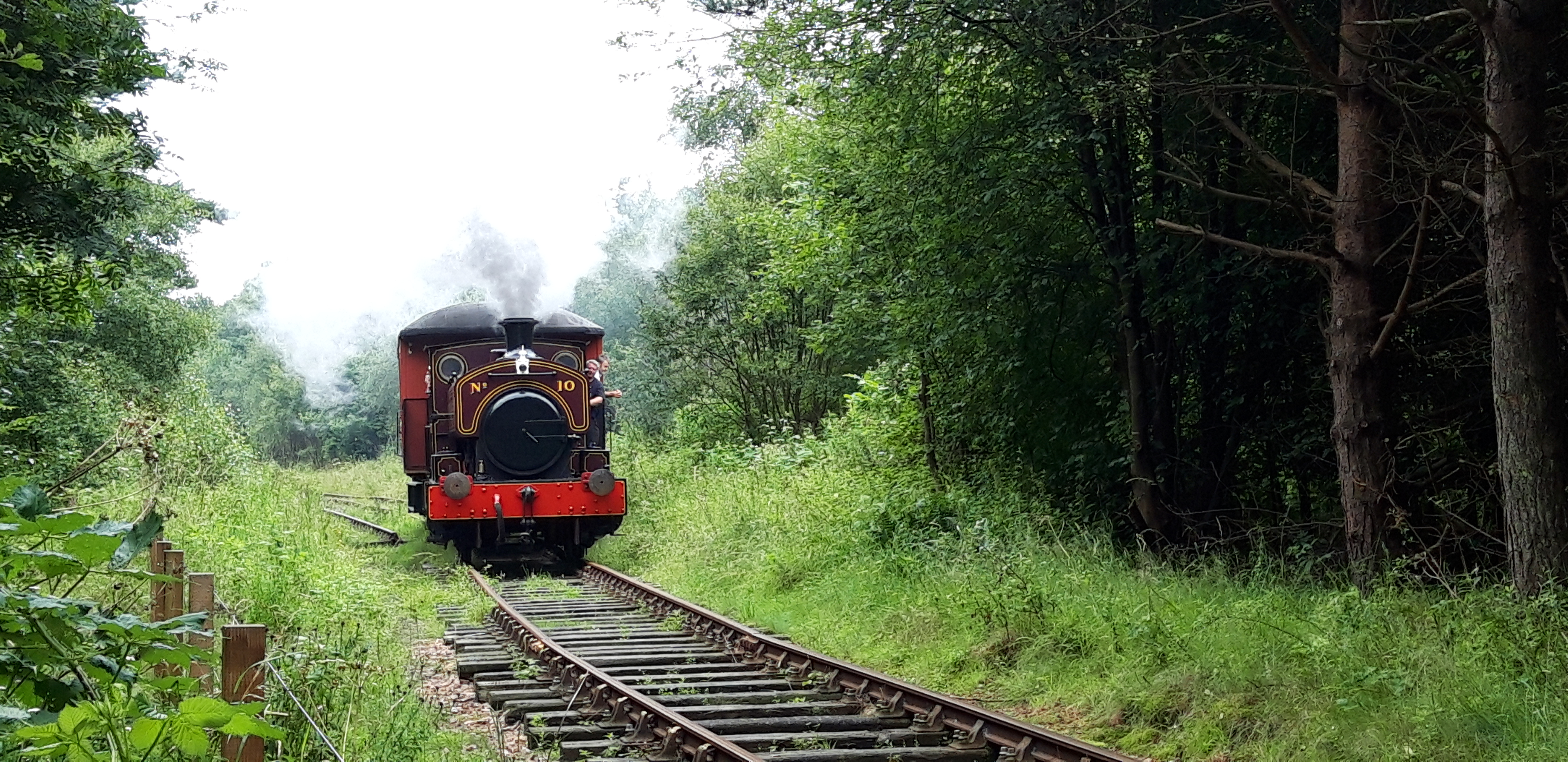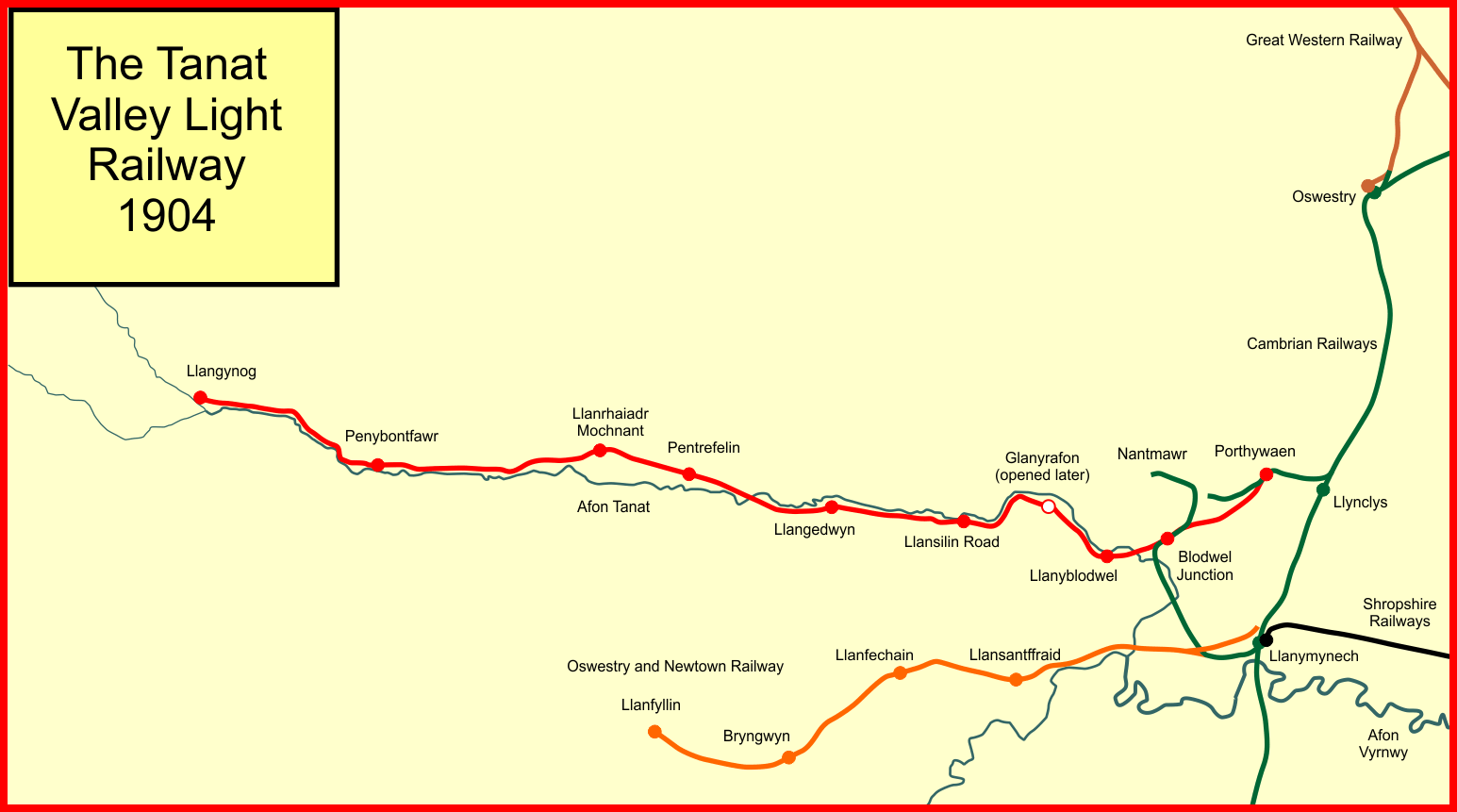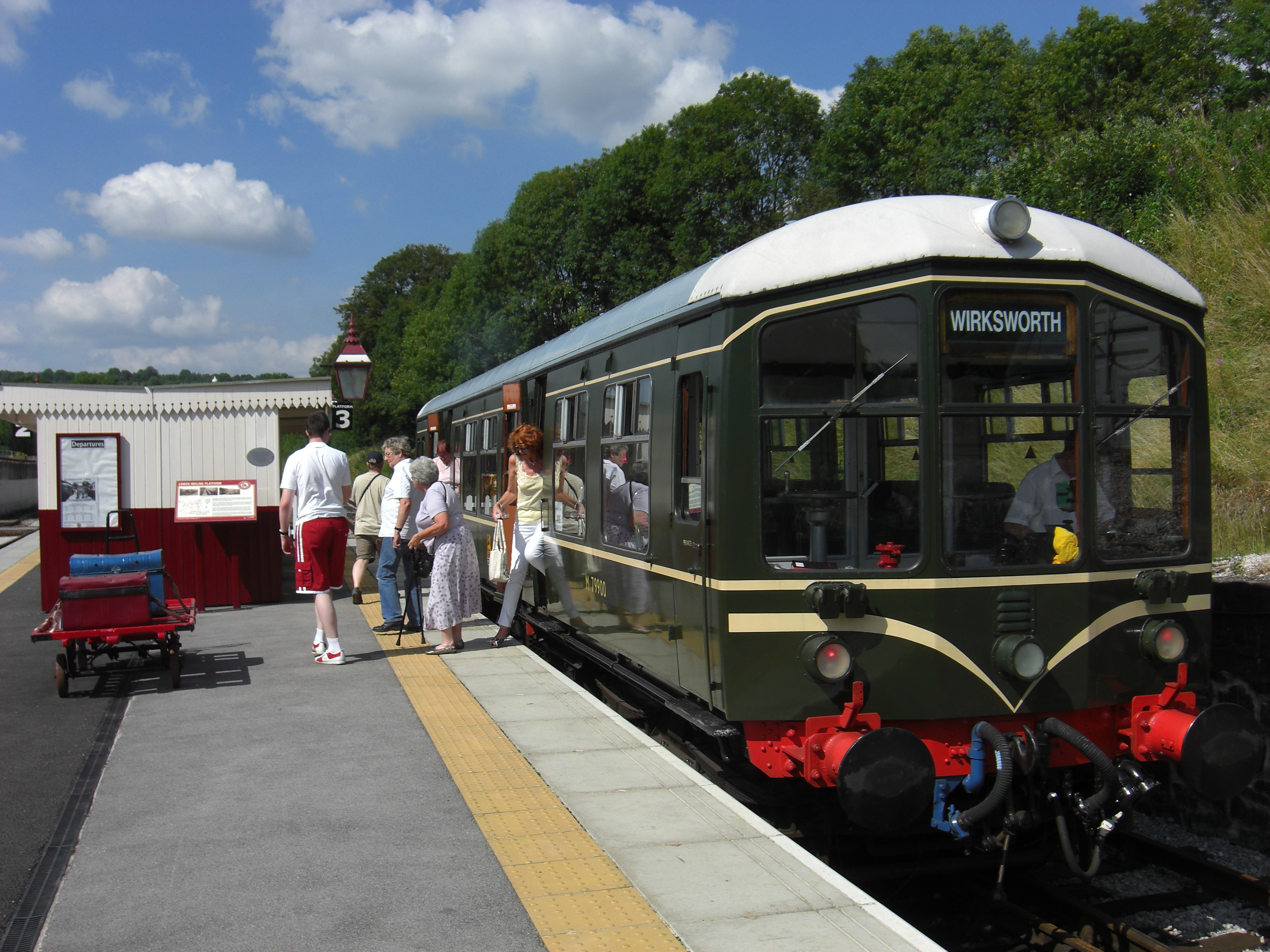|
British Rail Class 107
The British Rail Class 107 diesel multiple units were built by the Derby Works of British Railways and were introduced in 1960. The class looked similar to the later Class 108 units, but were heavier, being built from steel. Usage The Class 107s were initially built for suburban workings on the south side of Glasgow and the Class remained in BR's Scottish Region for its service life. When new, a number were used on Dundee/Arbroath services. In later years, they were used almost exclusively on services radiating from Glasgow Central to such destinations as Barrhead, East Kilbride, and Kilmacolm, and - prior to electrification - on Glasgow/Ayrshire services (especially Largs). Most were withdrawn from service by 1991. Many of the units went into departmental use after being withdrawn from passenger use. The class suffered from a structural problem, however, which could result in the bodies separating from the chassis under heavy braking. Orders Originally, there were no fix ... [...More Info...] [...Related Items...] OR: [Wikipedia] [Google] [Baidu] |
Derby Carriage And Wagon Works
Derby Litchurch Lane Works, formerly Derby Carriage and Wagon Works, is a railway rolling stock factory in Derby, England. It is presently owned by the multinational transportation manufacturer Alstom. Derby works originally commenced production of rolling stock on behalf of its owner, the Midland Railway, during the mid 1840s as the direction of Matthew Kirtley, the company's first Locomotive and Carriage Superintendent. Due to its expansion, it was split into the Midland Railway Locomotive Works and the newer ''Carriage and Wagon Works during 1873. In the 1910s, amid the First World War, production techniques at the works were drastically overhauled, greatly reducing the manhours involved in producing carriages amongst other things; the works was also involved in the manufacture of various goods for the British military. During 1923, the Midland Railway, and thus the Derby works, became part of the London, Midland and Scottish Railway. During the Second World War, the Derby ... [...More Info...] [...Related Items...] OR: [Wikipedia] [Google] [Baidu] |
British Railways
British Railways (BR), which from 1965 traded as British Rail, was a state-owned company that operated most rail transport in Great Britain from 1948 to 1997. Originally a trading brand of the Railway Executive of the British Transport Commission, it became an independent statutory corporation in January 1963, when it was formally renamed the British Railways Board. British Railways was formed on 1 January 1948 as a result of the Transport Act 1947, which nationalisation, nationalised the Big Four (British railway companies), Big Four British railway companies along with some other (but not all) smaller railways. Profitability of the railways became a pressing concern during the 1950s, leading to multiple efforts to bolster performance, including some line closures. The History of rail transport in Great Britain 1948–1994#The Modernisation Plan, 1955 Modernisation Plan formally directed a process of dieselisation and Railway electrification in Great Britain, electrification ... [...More Info...] [...Related Items...] OR: [Wikipedia] [Google] [Baidu] |
Fife Heritage Railway
Fife Heritage Railway is a heritage railway run by The Kingdom of Fife Railway Preservation Society, formed in 1992, which aims to showcase the heritage of the railways of Fife and restore locomotives and rolling stock that once worked in Fife. They are based in Levenmouth, Scotland which has been their base since 2003. Overview Following the closure of the Lochty Private Railway in 1992 due to falling passenger numbers and increased public liability premiums, the Kingdom of Fife Railway Preservation Society was quickly formed in May of that year to take over the former Lochty fleet and find a new home for them. In 1994, the last of the fleet was moved from Lochty to the now defunct Methil Power Station until the society could find a permanent home for its collection. Various locations around Fife were looked at which included the former Crail Aerodrome, Lochore Meadows, Bowhill Colliery, part of the former Auctertool branch line, the former Wemyss Private Railway site at Scott ... [...More Info...] [...Related Items...] OR: [Wikipedia] [Google] [Baidu] |
Somerset & Dorset Railway Heritage Trust
The Somerset & Dorset Railway Heritage Trust (S&DRHT) is a heritage railway line in Somerset, England, that runs on a restored section of the Somerset and Dorset Joint Railway. The line is approximately long and operates from Midsomer Norton railway station, Midsomer Norton South. History British Railways ownership The Evercreech to Bath section of the S&D, the section which Midsomer Norton South was a part of, opened on 20 July 1874. It was a final attempt by the S&D to achieve profitability by connecting to Bath and crossing the Somerset Coalfield. This failed however, and the railway became jointly owned by the Midland Railway (MR) and the London and South Western Railway (LSWR). At the 1923 Grouping, the line became jointly owned by the London, Midland and Scottish Railway and the Southern Railway (UK), Southern Railway, as successors to the MR and LSWR respectively. After nationalisation in 1948 the line became part of the Southern Region, the era that the trust aims ... [...More Info...] [...Related Items...] OR: [Wikipedia] [Google] [Baidu] |
Tanat Valley Light Railway
The Tanat Valley Light Railway (TVLR) was a long standard gauge light railway. It ran westwards from Llanyblodwel in Shropshire, about 5 miles or 8 km southwest of Oswestry. It crossed the Wales–England border and continued up the Tanat Valley, terminating at Llangynog in Powys. It opened in 1904, providing access to a fairly remote area, and transport facilities for slate production and agriculture. Its promoters were unable to raise the capital to construct the line, but a number of government grants and considerable generosity by the Cambrian Railways company enabled the building of the line. The company was always in debt and in 1921 was obliged to sell the line to the Cambrian Railways. Rural passenger use collapsed and the railway closed to passengers in 1951, and completely in 1964. A new Tanat Valley Light Railway Company was established, and in 2009 opened a heritage railway centre at Nantmawr, close to the earlier Tanat Valley line. History Proposals There ... [...More Info...] [...Related Items...] OR: [Wikipedia] [Google] [Baidu] |
Strathspey Railway (preserved)
The Strathspey Railway (SR) in Badenoch and Strathspey, Highland, Scotland, operates a heritage railway from Aviemore to Broomhill railway station, Broomhill, Highland via Boat of Garten, part of the former Inverness and Perth Junction Railway (later part of the Highland Railway) which linked Aviemore with Forres. It is one of only a handful of former primary/secondary main lines to be preserved in Britain today. The route Aviemore The Strathspey Railway operates from platform 3 of Network Rail's Aviemore railway station. Until 1998 the railway's southern terminus was Aviemore (Speyside) railway station, Aviemore Speyside about further north. Aviemore Speyside is no longer in regular use, although its platform has been retained as a fallback in case of problems with access to the Network Rail station. Coaling of the steam locomotives is carried out at a facility constructed in 2014 on the site of the former Aviemore Speyside station building. Its signal box, which was ... [...More Info...] [...Related Items...] OR: [Wikipedia] [Google] [Baidu] |
British Rail British United Traction
British United Traction (BUT) was a manufacturer of railway equipment and trolleybuses. It was established in 1946 as a joint venture between AEC and Leyland. History British United Traction was established in 1946 when AEC and Leyland amalgamated their trolleybus interests. Neither had produced trolleybuses since the early years of World War II. With both forecasting that demand would return to pre-war levels as networks began to close, a joint venture was formed. The new company was organised so that AEC would design and produce vehicles for the UK market while Leyland looked after export markets, although there were some exceptions to this. The only noticeable difference between the manufacturers' output was the wheels. Initially vehicles were produced at Leyland's Ham, London factory, with the first vehicles completed in 1947 for Johannesburg. After the factory closed 1948, production moved to AEC's Southall and Leyland's Leyland, Lancashire factories. Following AEC's ... [...More Info...] [...Related Items...] OR: [Wikipedia] [Google] [Baidu] |
Glasgow
Glasgow is the Cities of Scotland, most populous city in Scotland, located on the banks of the River Clyde in Strathclyde, west central Scotland. It is the List of cities in the United Kingdom, third-most-populous city in the United Kingdom and the 27th-most-populous city in Europe, and comprises Wards of Glasgow, 23 wards which represent the areas of the city within Glasgow City Council. Glasgow is a leading city in Scotland for finance, shopping, industry, culture and fashion, and was commonly referred to as the "second city of the British Empire" for much of the Victorian era, Victorian and Edwardian eras. In , it had an estimated population as a defined locality of . More than 1,000,000 people live in the Greater Glasgow contiguous urban area, while the wider Glasgow City Region is home to more than 1,800,000 people (its defined functional urban area total was almost the same in 2020), around a third of Scotland's population. The city has a population density of 3,562 p ... [...More Info...] [...Related Items...] OR: [Wikipedia] [Google] [Baidu] |
British Rail Class 108
The British Rail Class 108 diesel multiple units were built by BR Derby from 1958 to 1961, with a final production quantity of 333 vehicles. Overview The 108 was formed as a 2-, 3-, or 4-car unit. Its aluminium body led the type to be classed as a lightweight unit. These units stayed in regular service until 1990, when they began to be withdrawn from traffic. They were replaced on regional services by the new '' Sprinter'' derivative units, or by ''Turbo'' units on services around London. The final units lasted in traffic until October 1993, although many saw further use in departmental service, as sandite or route-learner units. Good condition on withdrawal and lack of asbestos have ensured that many of this class are now used on preserved railway lines. Orders Accidents and incidents *On 19 October 1987, after the Glanrhyd Bridge over the River Towy at Llandeilo, Carmarthenshire, was washed away by floodwater, a passenger train operated by a Class 108 unit fell into ... [...More Info...] [...Related Items...] OR: [Wikipedia] [Google] [Baidu] |
List Of British Rail Diesel Multiple Unit Classes
This is a list of British Rail diesel multiple-unit train classes. For a historical overview of diesel multiple unit train development in Great Britain, see British railcars and diesel multiple units. Pre-nationalisation designs * GWR railcars * LMS railcars First generation Early BR DMUs (79xxx series) TOPS classes Second generation Lightweight railcars Pacers Sprinters Turbos Networker Turbostar Coradias Desiro Civity Diesel-electric multiple units (DEMUs) Southern Region DEMUs Second Generation Voyager-style express DEMUs High-speed trains See also * List of British Rail classes * List of British Rail modern traction locomotive classes * List of British Rail electric multiple unit classes * British Rail locomotive and multiple unit numbering and classification * British Rail coach type codes References External links * {{British Rail DMU British Rail diesel multiple units, List British railway-related lists, British Rail diesel multipl ... [...More Info...] [...Related Items...] OR: [Wikipedia] [Google] [Baidu] |
Corridor Connection
A gangway connection or corridor connection is a flexible connector fitted to the end of a railway coach, enabling passengers to move between coaches without danger of falling from the train. Origins: Coaches in British and American railways The London and North Western Railway (LNWR) was the first British railway to provide passengers with the means to move from one coach to another while the train was in motion. In 1869 the LNWR built a pair of saloons for the use of Queen Victoria; these had six-wheel underframes (the bogie coach did not appear in Britain until 1872), and the gangway was fitted to only one end of each coach. The Queen preferred to wait until the train had stopped before using the gangway. In 1887, George M. Pullman introduced his patented vestibule cars. Older railroad cars had open platforms at their ends, which were used both for joining and leaving the train, but could also be used to step from one car to the next. This practice was dangerous, and so Pu ... [...More Info...] [...Related Items...] OR: [Wikipedia] [Google] [Baidu] |









